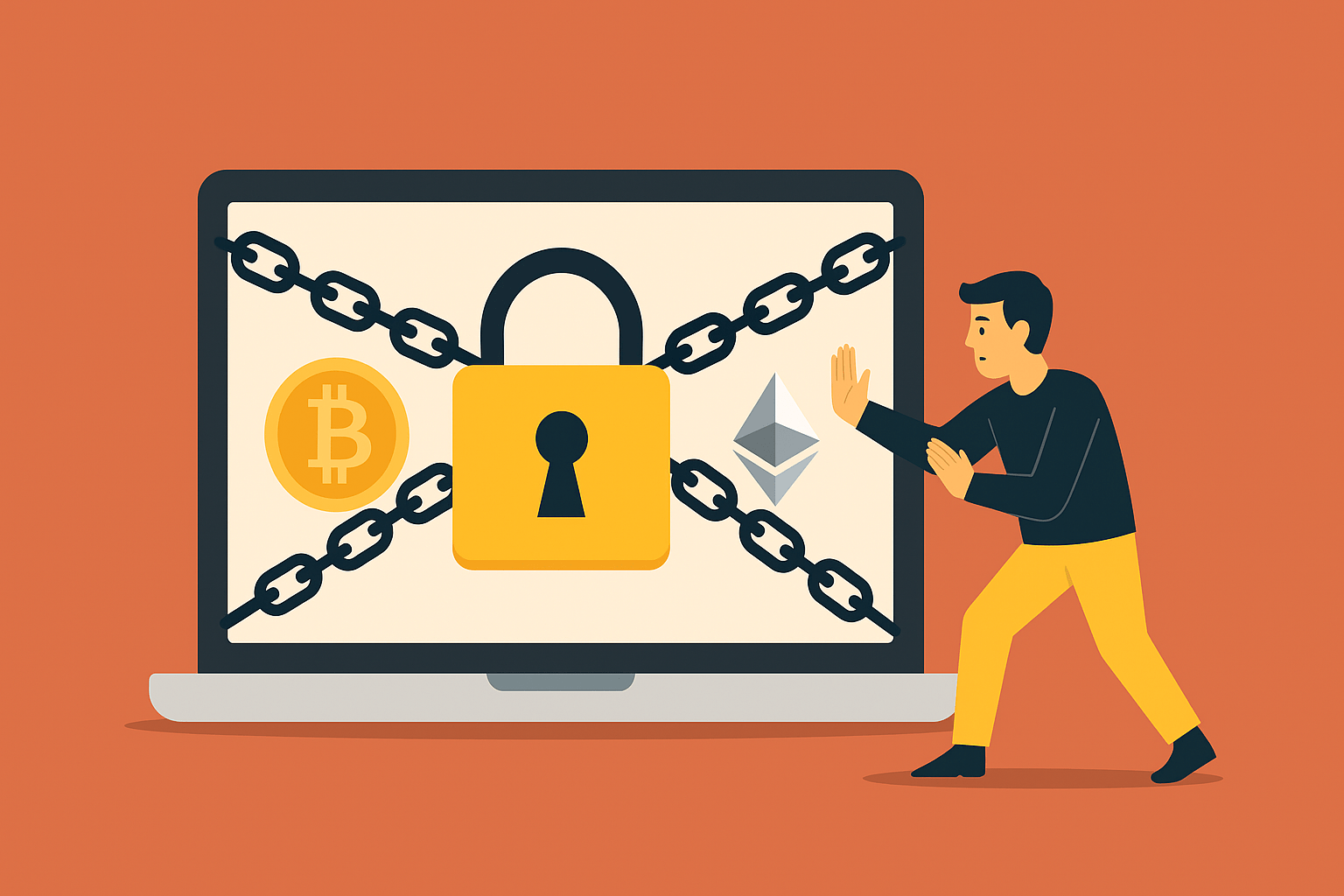Stablecoins
Introduction to Stablecoins
Stablecoins are a unique category of cryptocurrency designed to maintain a stable value by pegging their worth to a reserve of assets, often commodities, fiat currencies, or other cryptocurrencies. Unlike traditional cryptocurrencies, such as Bitcoin and Ethereum, which can experience significant volatility, stablecoins offer a more predictable value, making them suitable for transactions, savings, and as a medium of exchange in the digital economy.
Types of Stablecoins
Stablecoins can be generally classified into three primary categories based on their underlying collateralization:
- Fiat-Collateralized Stablecoins: These stablecoins are backed 1:1 by a reserve of fiat currency, such as the US dollar or euro. For every stablecoin issued, an equivalent amount of fiat currency is held in reserve. Examples include:
- USDT (Tether)
- USDC (USD Coin)
- TrueUSD (TUSD)
- Crypto-Collateralized Stablecoins: These stablecoins maintain their value by being backed by reserves of other cryptocurrencies. To account for the volatility of the collateral, these stablecoins are often over-collateralized. An example is DAI, which is pegged to the US dollar and backed by Ethereum and other cryptocurrencies.
- Algorithmic Stablecoins: These stablecoins use algorithms to control the supply of the coin in response to changes in demand, thus helping to maintain a stable price. They are not directly backed by any collateral but are instead governed by smart contracts that adjust the circulating supply. Examples include Ampleforth (AMPL) and Terra (LUNA) prior to its collapse.
Benefits of Stablecoins
Stablecoins present several advantages that make them a popular choice among users:
- Price Stability: Unlike traditional cryptocurrencies, stablecoins offer price stability, making them useful for a wide range of financial applications.
- Liquidity: Stablecoins provide a seamless way to enter and exit cryptocurrency markets with less volatility compared to other crypto assets.
- Accessibility: Stablecoins enable users to transact and store value in a digital format without the need for traditional banking systems.
- Decentralization: Some stablecoins, particularly crypto-collateralized and algorithmic ones, operate on decentralized networks, promoting transparency and reducing reliance on a single entity.
Use Cases for Stablecoins
Stablecoins have become increasingly integrated into various applications within the cryptocurrency ecosystem, including:
- Remittances: Users can send money across borders quickly and at low fees using stablecoins.
- Trading and Arbitrage: Traders utilize stablecoins to move funds across exchanges without converting back to fiat, allowing for quicker arbitrage opportunities.
- Decentralized Finance (DeFi): Stablecoins serve as a critical component in DeFi platforms, facilitating lending, borrowing, and yield farming.
- Payments: Businesses can accept stablecoins for goods and services, providing a stable and low-volatility payment option.
Challenges and Risks of Stablecoins
Despite their benefits, stablecoins also face a range of challenges and risks:
- Regulatory Scrutiny: Governments and regulatory bodies are increasingly scrutinizing stablecoins for their potential impact on financial systems.
- Transparency and Trust: Users must trust that the reserves backing fiat-collateralized stablecoins are indeed held and regularly audited.
- Market Risks: Crypto-collateralized and algorithmic stablecoins are susceptible to market volatility, which can impact their peg stability.
Conclusion
Stablecoins represent a pivotal development within the cryptocurrency landscape, offering a bridge between the traditional financial system and the emerging digital economy. By providing a stable, efficient means of transaction and value storage, stablecoins are transforming how individuals and businesses interact with cryptocurrencies. As the market evolves, ongoing innovation and regulatory developments will shape the future of stablecoins, addressing existing challenges while expanding their use cases in the global financial ecosystem.


















